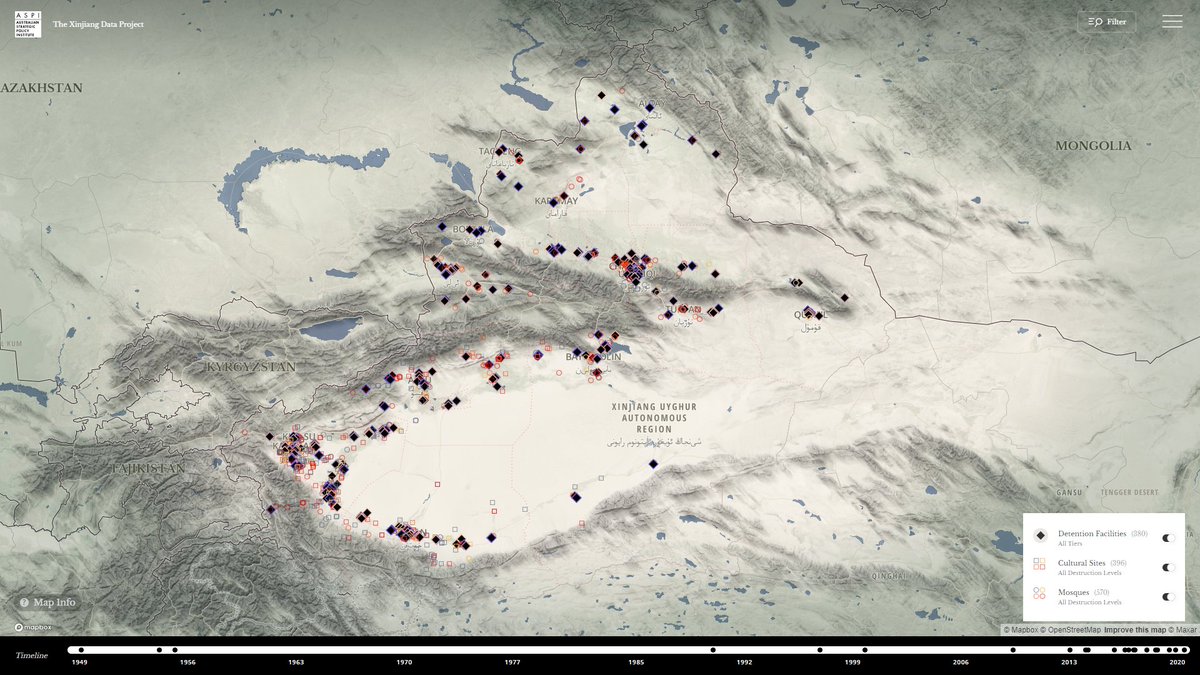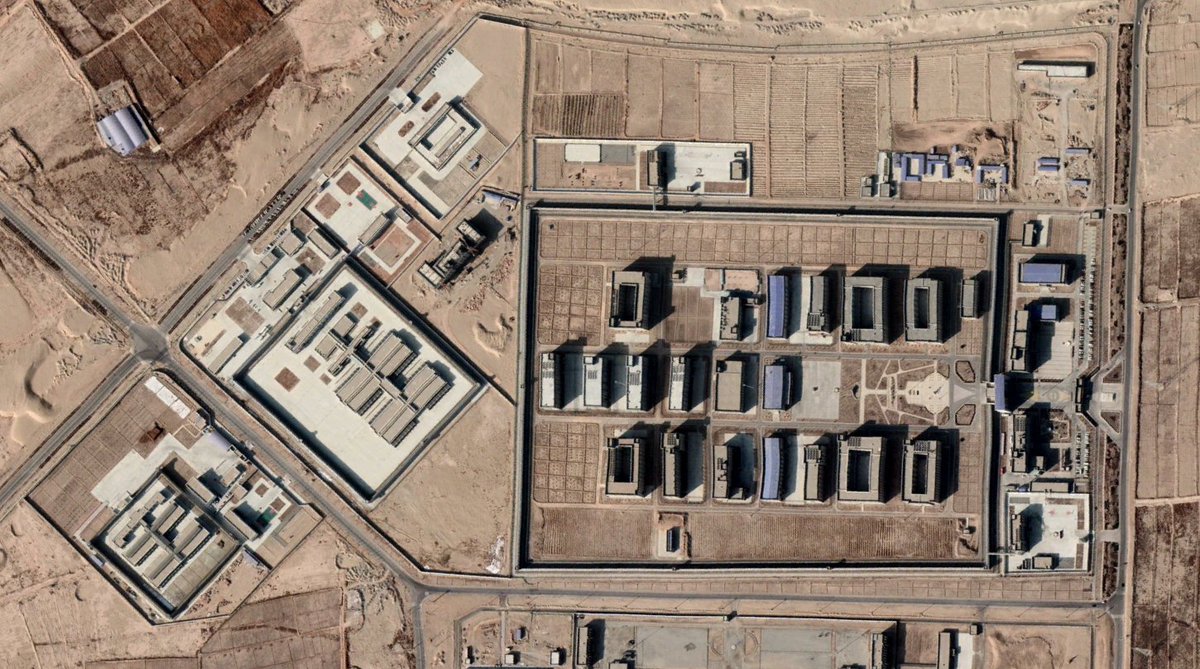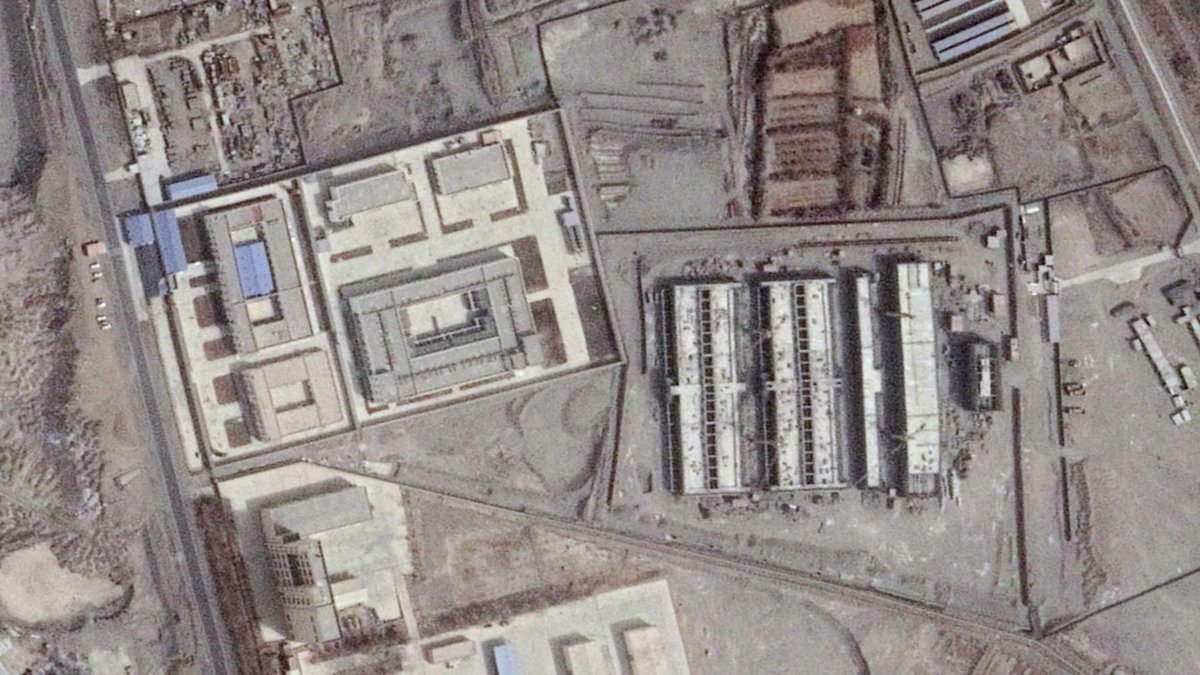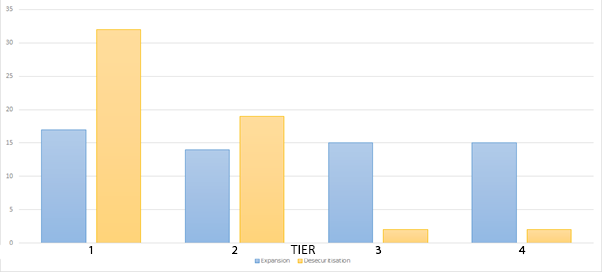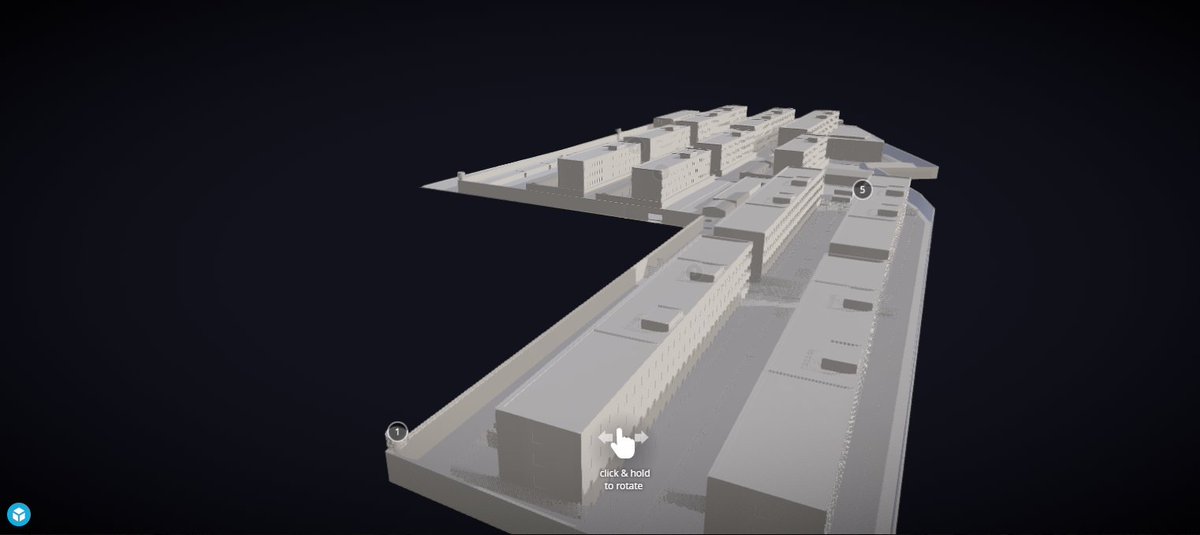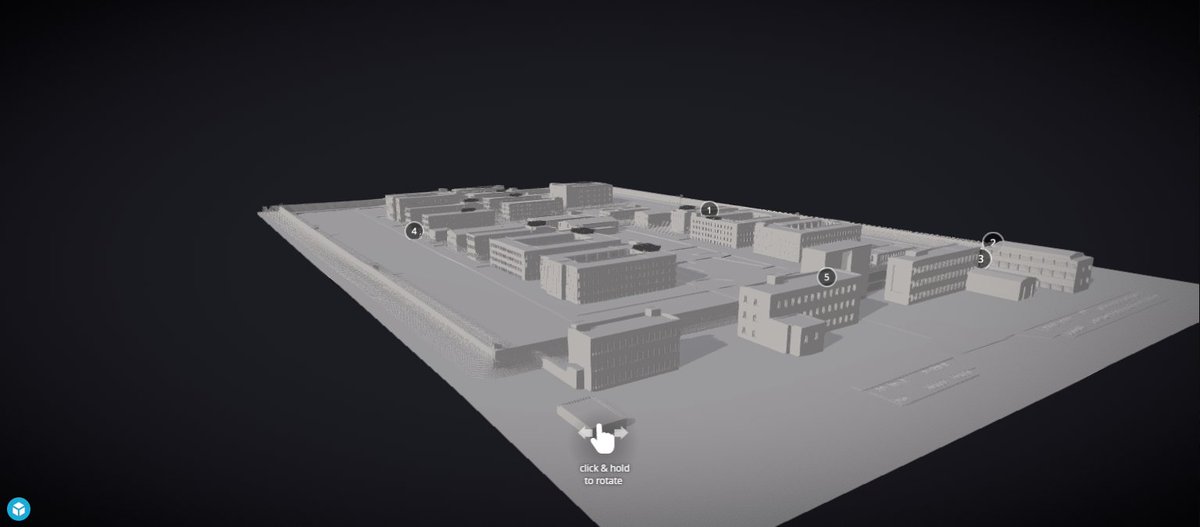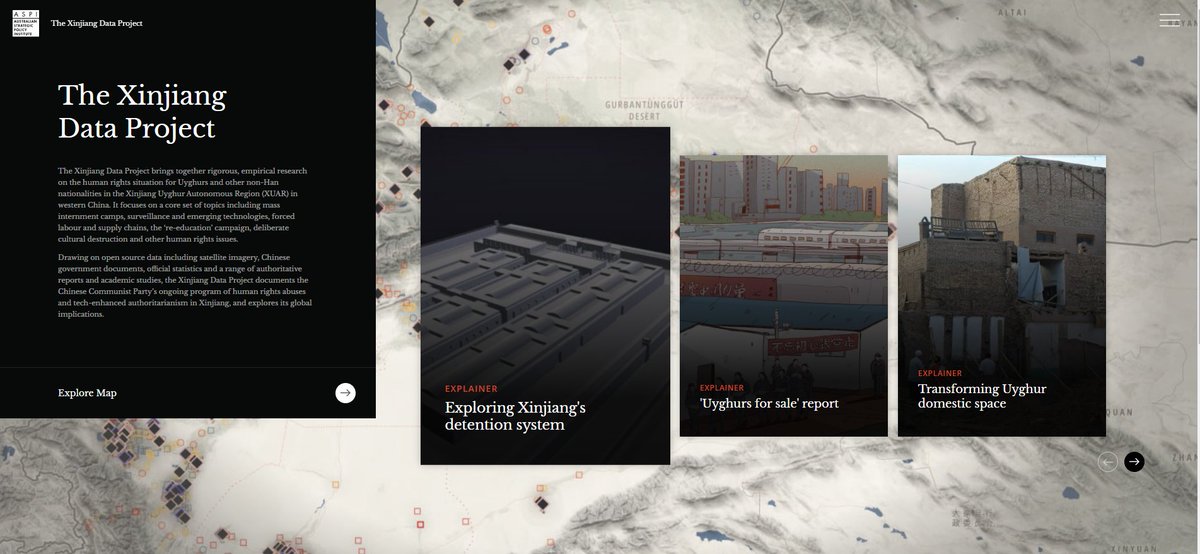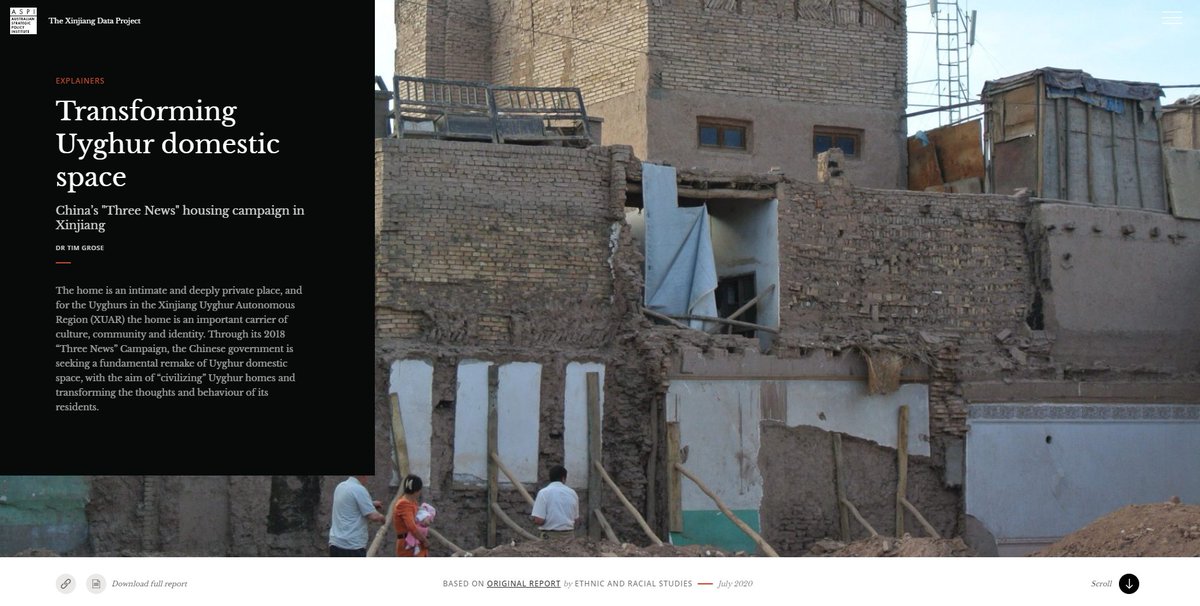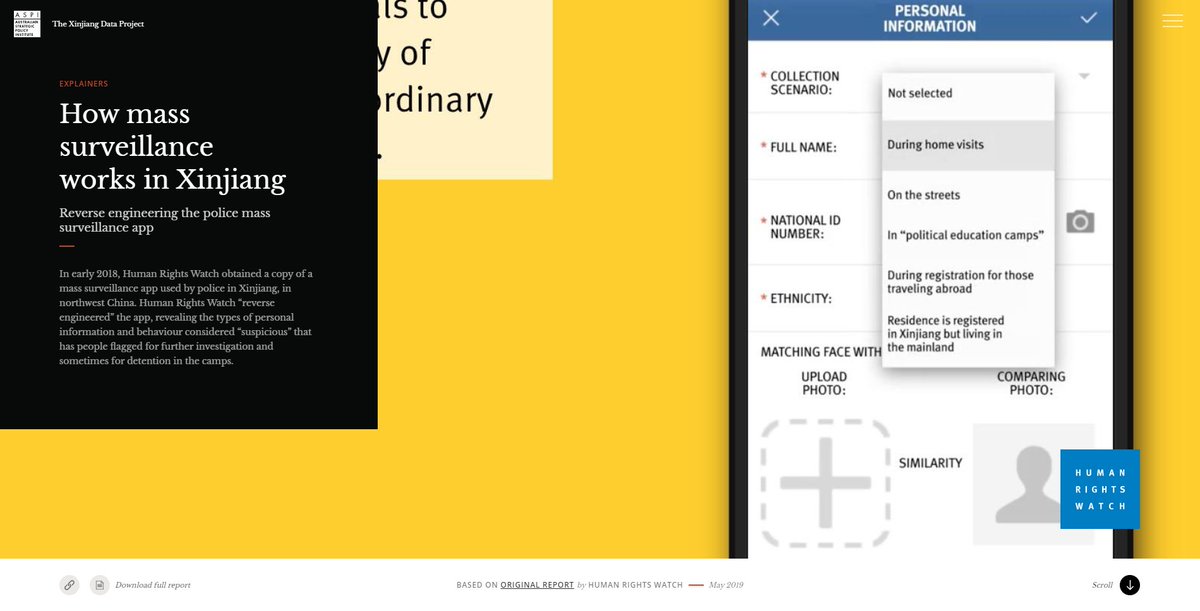THREAD. Today, after months/years of work, @ASPI_ICPC and I are able to launch the Xinjiang Data Project. It currently has the largest dataset of detention facilities (380+) and nearly 1000 significant cultural sites mapped out. Check it out: http://xjdp.aspi.org.au"> http://xjdp.aspi.org.au
These only include detention facilities that are newly built and expanded since 2017 (not predating the crackdown).
We have managed to classify the 380+ detention facilities into four broad tiers of security and architecture, from re-education camps to prisons.
We have managed to classify the 380+ detention facilities into four broad tiers of security and architecture, from re-education camps to prisons.
Despite claims from Xinjiang authorities that all detainees have been released, we found over 60 detention facilities that have been expanded since July 2019, in the months leading up to and since that claim. 14 remain under construction.
This is similar to the numbers of facilities that have seen desecuritisation. However, the construction has occured in all tiers of camp (blue), whereas only the lowest security camps have seen signs of desecuritisation (yellow).
This certainly suggests that the number of detainees in high security detention facilities may indeed be increasing as detainees without & #39;acceptable progress& #39; in re-education are transferred to higher security facilities.
This is also corroborated by official statistics and victim testimonies. https://nytimes.com/2019/08/31/world/asia/xinjiang-china-uighurs-prisons.html
https://nytimes.com/2019/08/3... href=" https://wqw2010.blogspot.com/2020/08/19.html ">https://wqw2010.blogspot.com/2020/08/1...
With help from @Orion__Int, we have been able to produce 3D models of each tier of camp that highlights their features. They are all available to browse or download here: https://sketchfab.com/NathanRuser-ASPI/models
I& #39;ll">https://sketchfab.com/NathanRus... go through them in detail in a later thread.
I& #39;ll">https://sketchfab.com/NathanRus... go through them in detail in a later thread.
Our website is also continuously evolving, new datasets and new data will be added sporadically. If you have any data you want to share, please contact me!
Currently all the datasets we have available can be downloaded in full, and in multiple formats, here: http://xjdp.aspi.org.au/data/?tab=datasets">https://xjdp.aspi.org.au/data/... we will add more data as soon as tomorrow, with hundreds of mosques and shrines.
Another major feature of the website are & #39;explainers& #39; where we can do deep dives into various topics related to human rights in Xinjiang. At launch we have a half dozen or so of them, but these will be regularly updated. Check them out here: https://xjdp.aspi.org.au/explainers/ ">https://xjdp.aspi.org.au/explainer...
In the future we plan to publish explainers on specific facilities, detailed case studies in our reports, analysis of official documents, methodologies and discussion on various trends in the crackdown.
We also hope to summarise research findings of other academics or researchers, at launch we have looked (with permission) at findings from @GroseTimothy and @HRW. If you& #39;re doing research on Xinjiang and would like your findings shared in this format, agin, please reach out.
There is also a large and evergrowing collection of quality external resources that we have categorised and linked out to. This is available here: http://xjdp.aspi.org.au/resources/ ">https://xjdp.aspi.org.au/resources...

 Read on Twitter
Read on Twitter